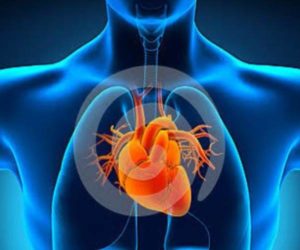Knee is the biggest joint in the body. Movements at the knee joint are essential for day to day activities and lower extremity movements. The knee joint is formed by three bones, the femur above the joint, the tibia below and the knee cap (patella) in front of the joint. The bones are interconnected by an articular cartilage which aids smooth movement of the joint.
The c-shaped cushions called miniscus which are rested between the crus and femur actually serve as shock absorbers. Large Ligaments hold the crus and femur together and contribute to stabilization of the knee joints. The large and long muscles along the crus and femur make this joint stronger.
Aside from cartilage, which aid smooth knee joint movements, the synovial fluid secreted by the synovial membrane within the joint can also improve smooth knee joint movements. Any damage to this structures may impair knee joint functions. In addition, pain felt during knee joint movements may also limit patient’s routine activities.

1- Arthritis is known as the most common cause of knee injury that is associated with chronic pain. The disease usually occurs at age of 50 or higher and is characterized by gradual degradation of the cartilage within the joint structure which is followed by joint pain and stiffness.
2- Rheumatism: In this disease the synovial membrane which is responsible for secretion of synovial fluid is swollen and thickened. This chronic swelling leads to cartilage degradation which is followed by joint pain and stiffness. Joint rheumatism is classified as inflammatory arthritis.
3- Post-traumatic arthritis: This type of arthritis is caused by joint fractures or serious injuries. Ligament Rupture or bone fractures around the joint can lead to cartilage damage and consequently joint pain and stiffness.
Total Knee Arthroplasty is carried out in several steps. In the first step, the damaged cartilage at the end of the femur and beginning of tibia along with a small part of the crus or femur are removed. In the next step, the Bone and cartilage parts are removed and replaced with metal ones. These metal parts are tightly screwed to the bones. The articular surface underneath the patella is also reconstructed using a plastic part. Of course, the latter process might be skipped if deemed unnecessary.
Finally, a plastic piece is inserted between the metal parts to aid smooth sliding movement of the joint.
Total Knee Arthroplasty is not age dependent. Most candidates are 50-80 years old. . Total Knee Arthroplasty is usually successful at any age. The surgery has been carried out for over 50 years now and the results have been improving over time. Through review of medical history, clinical examination, and para-clinical procedures are pre-requisite to the surgery.
The surgery usually lasts 1-2 hours. Depending on the patient conditions, general Anesthesia can be general, or local anesthetic nerve block or spinal anesthesia may be applied
After the surgery, the patient is usually hospitalized for 3-5 days. The patient will be able to resume their everyday activities within 6-8 weeks but full recovery is usually achieved in 6-12 months
Featuring experienced and skilled staff, Moj Aramesh Amitis Company is always ready to help you with the measures that need to be taken for wound care, diet, home activities; regular post- operative medication, infection prevention, fall prevention, and so on.




